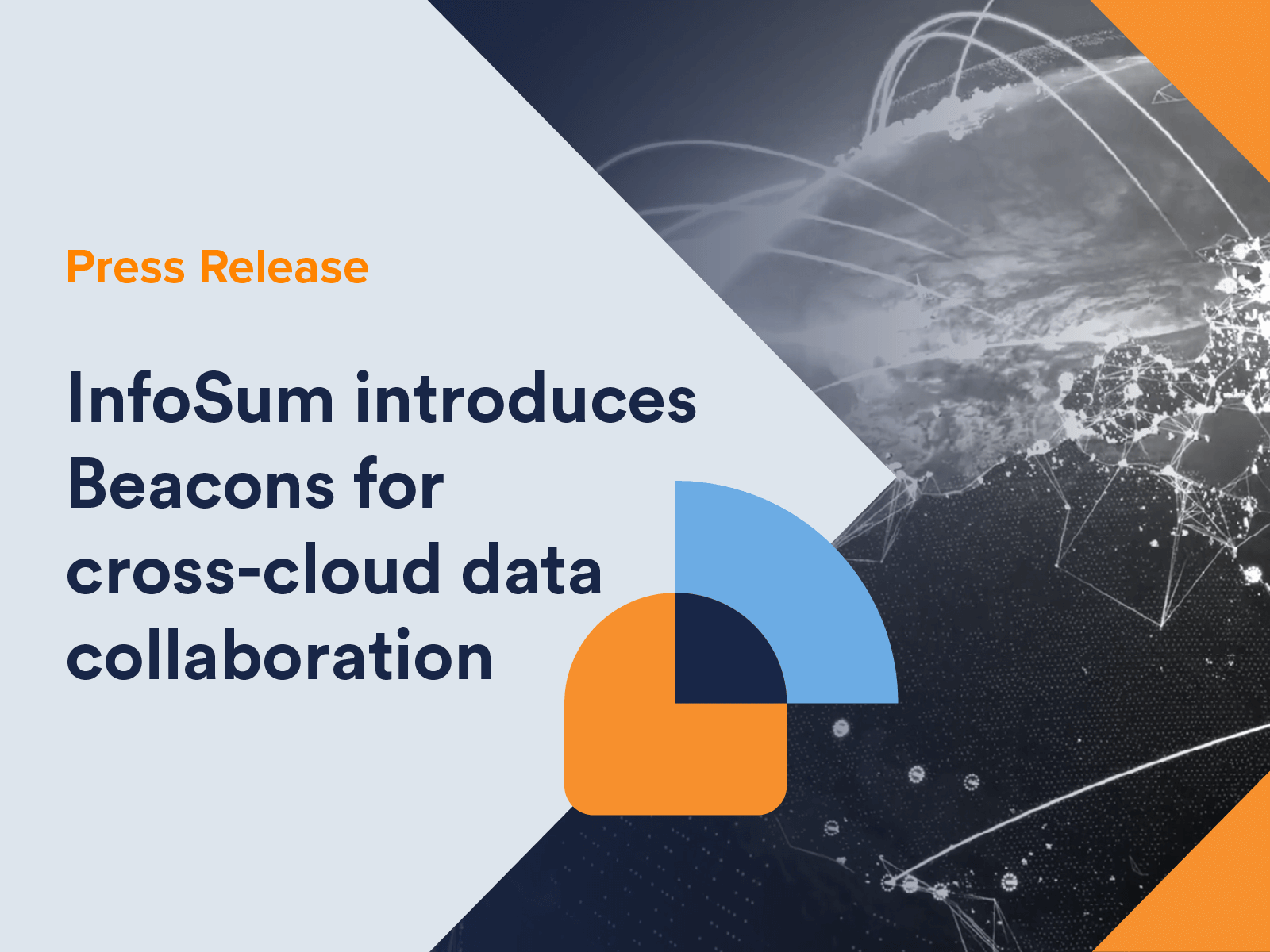At the end of 2021, we spent a few months drilling into retail media and the various opportunities unlocked through retail media networks and expanded ecosystems - download our retail media guide for more information. As a content marketer, I’m fascinated by the trend of brands either becoming media companies or at least investing heavily in a media arm. In 2022 is Lego a toy company, or are they a media company with various games and movies under their belt? How about Red Bull? An energy drink or are they a media company with a magazine, studio, and record label, who also happen to make a popular energy drink?
One of the big benefits for companies that invest in a media division and a strong content marketing strategy is that they can grow a loyal and valuable audience, which in turn creates large volumes of first-party data. Therefore, for most companies, content marketing should form a significant part of their first-party data strategy.
By building a retail media network, a retailer can extract even more value from its hard-earned first-party data. Through first-party data matching, brands can plan, activate and measure advertising campaigns both across the retailer's own audience and across other media audiences. In addition to added value and revenue, retailers have greater control and transparency into how their first-party data is being used.
Ensuring that their valuable customer data remains in their control with full privacy protection and security, however, is a challenge. Most solutions that claim to manage first-party data or enable collaboration with other parties still require data to move or be shared. Even those claiming to be decentralized or produce aggregated results are often still commingling multiple datasets together to execute complex queries.
Any time data is moved or shared between companies it creates significant risks to all parties. These risks range from that data being exposed to external parties, to large-scale data leakage.
Enter the Data Clean Room
The right Data Clean Room has the potential to solve these challenges. A Data Clean Room is a secure environment where multiple data sources can be matched and analyzed, without sharing or compromising the data itself.
Unfortunately, “Data Clean Room” has become an industry buzzword with no clear requirements or standards for privacy-enhancing technology or data security. No forcing function requires a business to meet certain criteria to guarantee privacy protection. As such, some simply are not fit for the purpose of a retail media network as they do not offer the protection that retailers and their consumers now demand. To build a successful retail media network, it's vital to have the right technology stack in place that can meet the demands of progressing privacy legislation, ID deprecation, and data collaboration.
Consumers are more privacy-aware than ever before and simply won’t accept companies putting their personal data at risk. The paradox is that consumers crave more personalized data-driven experiences, with 85% of consumers saying they wish “there were more companies I could trust with my data”. The business risk however is high, in 2021 we saw a 68% rise in data breaches.
Businesses also are more willing to collaborate to maintain addressability and maximize campaign effectiveness as long as their data can remain secure. Gartner recently reported that by 2025 50% of large organizations will default to privacy-enhancing computation. And a recent report by Merkle found that 61% of companies plan to increase investment in private data clean rooms.
When searching for a fit for purpose Data Clean Room, there are 10 key questions retailers should ask themselves and the technology provider:
- Is their Data Clean Room fully decentralized?
- Does your Data Clean Room partner require direct access to your data?
- Does your Data Clean Room benefit from the data that you share with them?
- What controls and permissions exist for each party?
- Is the data match based on a single ID or can multiple IDs be used in unison?
- Can you easily execute a multi-party computation inside the Data Clean Room?
- Can your partner ‘learn’ anything themselves from having access to the data?
- Does their solution provide addressable scale without third-party cookies?
- What high-quality datasets do they provide access to?
- How easy and fast can insights be extracted and activated using their solution?
Download our simple infographic for more information on these questions.
The Secure Data Clean Room & privacy-enhancing technologies
InfoSum provides the only truly secure Data Clean Room built on our patented non-movement of data technology. InfoSum’s Secure Data Clean Room combines five privacy-enhancing technologies to ensure that retailers can collaborate with various other parties, maximizing the value and performance of their data, with complete protection and security. Learn more about InfoSum’s five privacy-enhancing technologies.
This unique approach empowers retailers to fully unlock the potential of retail media. Through the Secure Data Clean Room, retailers safely make their shopper audience available for brands to match their first-party data against. But the opportunity doesn’t stop there. Confident in their ability to fully protect their data, retailers are expanding their retail media networks, building expansive media ecosystems to include data from brands, data providers, media companies, and even other retailers.
By underpinning these ecosystems with InfoSum’s non-movement of data approach, all parties are free to create and innovate new data-driven solutions and experiences, all while protecting their data and their customers' privacy.
Just getting started
Retailers are just scratching the surface of media opportunities. Shoppable content, for example, is poised to become a key element of B2C marketing in 2022 and beyond (The Drum did a fantastic piece on shoppable content). But retailers today are largely relying solely on their audience of shoppers, customers who regularly shop with them either in-store or online. I’d encourage retailers to explore ways to expand their content creation. The opportunity is there to become an educator and reliable source of information or entertainment that brings an even larger audience to their brand. This will not only create a more valuable audience but will increase the retailers' ability to own that audience within their media properties.
Outside of retail, there are various categories of businesses primed to unlock their media opportunities. As the airline industry recovers from the aftermath of the COVID crisis, consider the opportunities to invest in content and grow an audience that can be made available to tangential businesses such as hotels, restaurants, and excursion companies.
Gaming is ready-made for its media opportunities. Large gaming brands already have a large and loyal gamer audience. Unlocking the value of that audience with other gaming brands, esports leagues, media companies and more will be an exciting next stage of their growth. The gaming community is, however, incredibly suspicious and wary of the introduction of advertising to the gaming experience. As a gamer I ask that you please avoid the Ready Player One IOI advertising experience, to quote Nolan Sorrento, “We estimate we can sell up to 80% of an individual's visual field before inducing seizures”.
The potential for these media networks and ecosystems is almost limitless. As data-driven marketers, our content and campaigns are now only limited by our imagination.







